In my previous look into photographs from the ARF archives, I pointed out two things: first, there is a lack of information on many items in the collection – inviting you all to contribute, if you can – and, second, men (and their mustaches) dominate many of the images.
This time, it is worth taking a look into more solemn reminders of Armenian history and culture from the past century and a half or so.
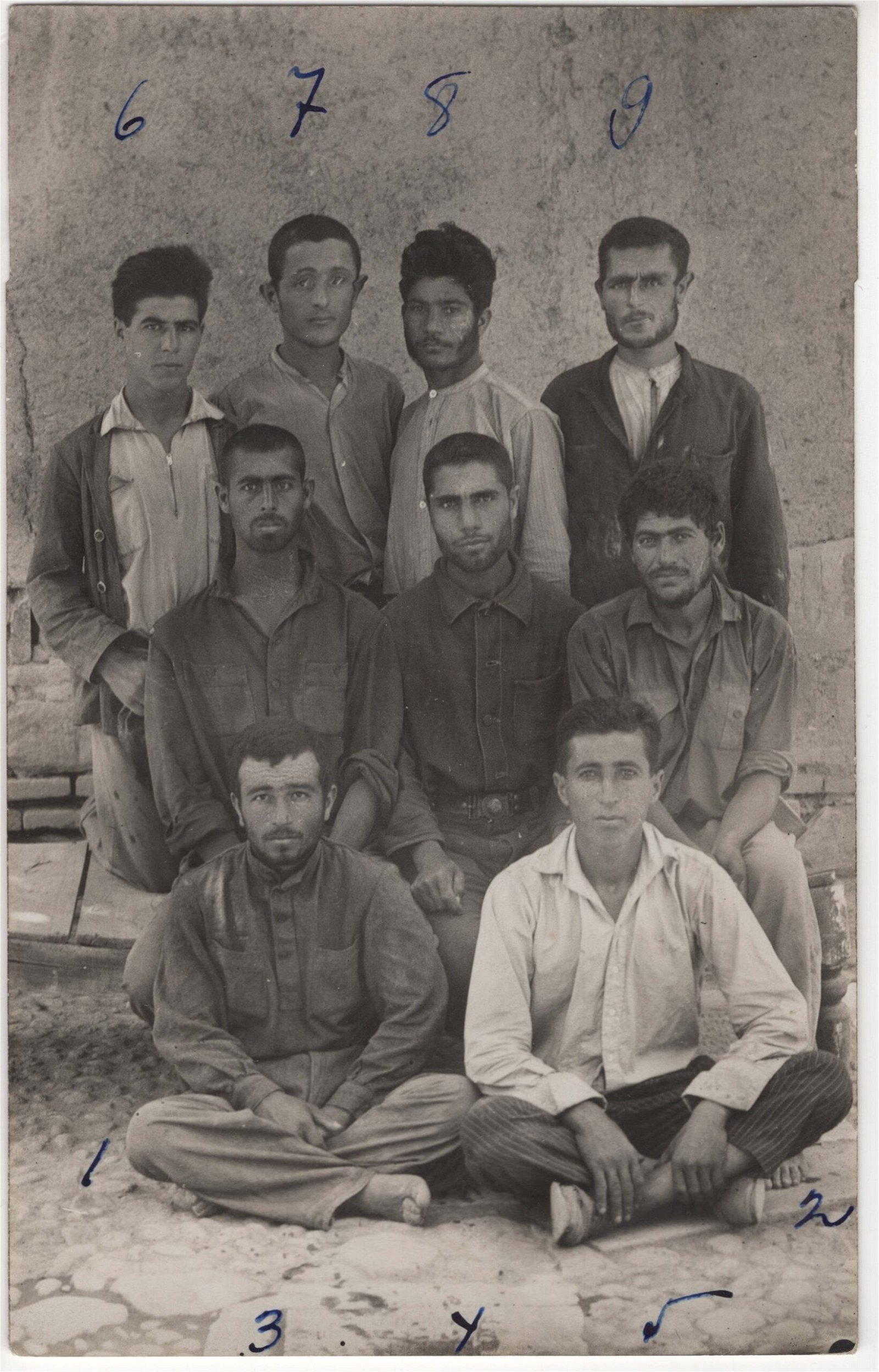
Here is a compelling image. The nine young men tell a story through their eyes. That story is in some ways unfortunately typical and expected, in other ways unusual.
The photograph has writing on the back, listing the names of the subjects: Vartan, Drtad, Hmayag, Noubar, Vosgan, Avedis, Khachig, Nerses and Haroutiun. It says that it is a picture of the orphans who came to Tavriz in Iran from Armenia on July 25, 1932.
The age of the young men is also listed – between 19 and 23 years old. That means they were born around 1909-1913. They are from Amanos, Van, Marash, Smyrna, Konya, Adapazar, Ayntab and Gesaria. The back of the photo also includes the names of the orphanages where they lived in Beirut, Jerusalem and Smyrna.
We can guess their life story – to a point. How and when they ended up in Armenia (is Soviet Armenia meant?) and how and why they managed to make their way to Iran is not clear. But the disruption they faced in their very young lives and their further exile and movement across the Middle East form an all-too-familiar pattern for Armenian life in the early 20th century.

This next image is labeled “Սուէտայի հարիւրամեայ ծերունիներ” in Armenian on the back – centenarians from Sweida or Suedia, the region in what is now northwestern Syria. It says in addition “Port Said, 1915.” That’s where the survivors from Musa Dagh – in Sweida – ended up. Are these men who had lived a hundred years already, only to survive a genocide?
Search for “refugees” on arfarchives.org/photograph and you will find some heartbreaking images, such as this one of little girls hauling water.
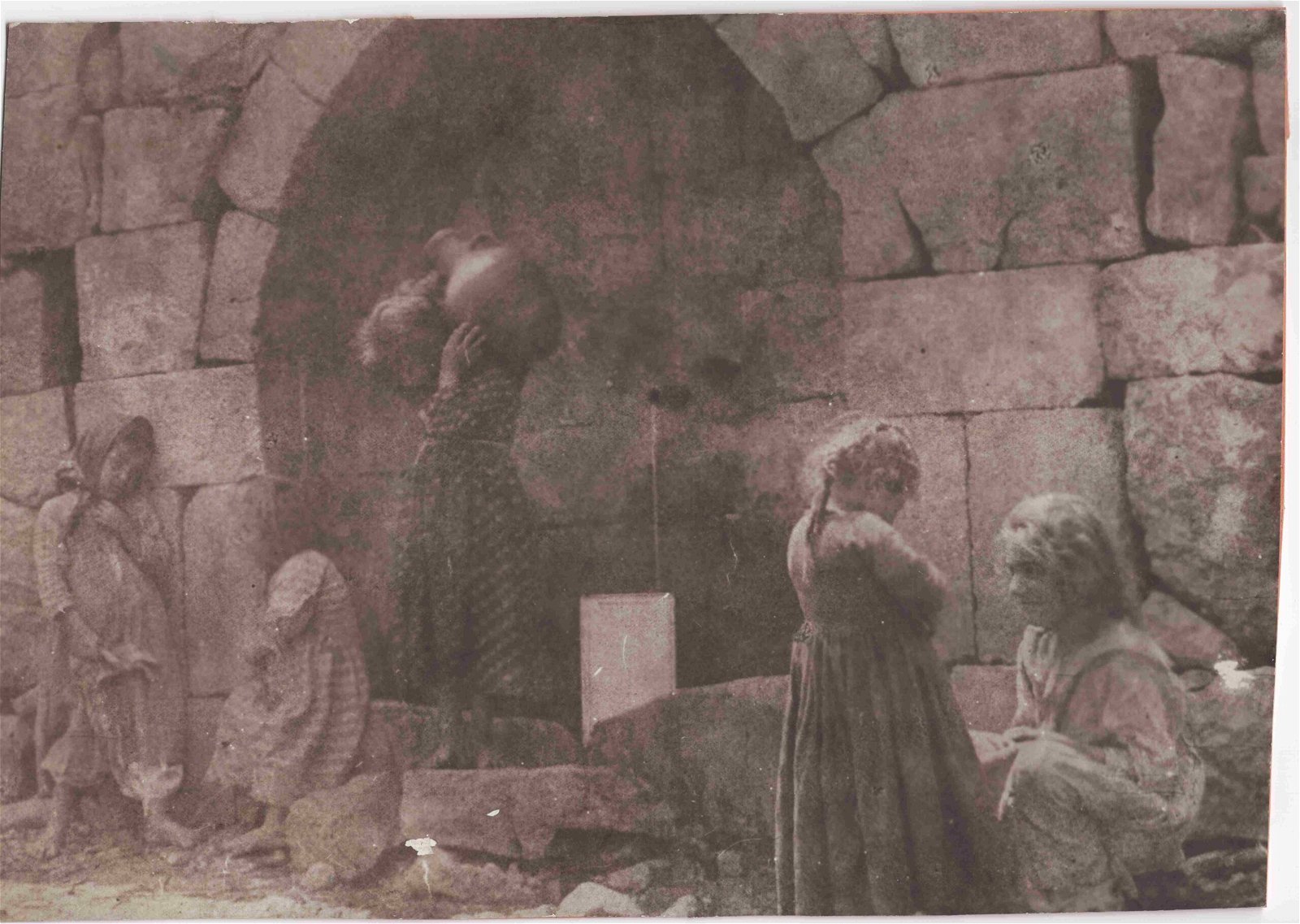
It does not contain additional details of where and when exactly the photograph was taken.
Another image shows genocide survivors in the north of Iraq.
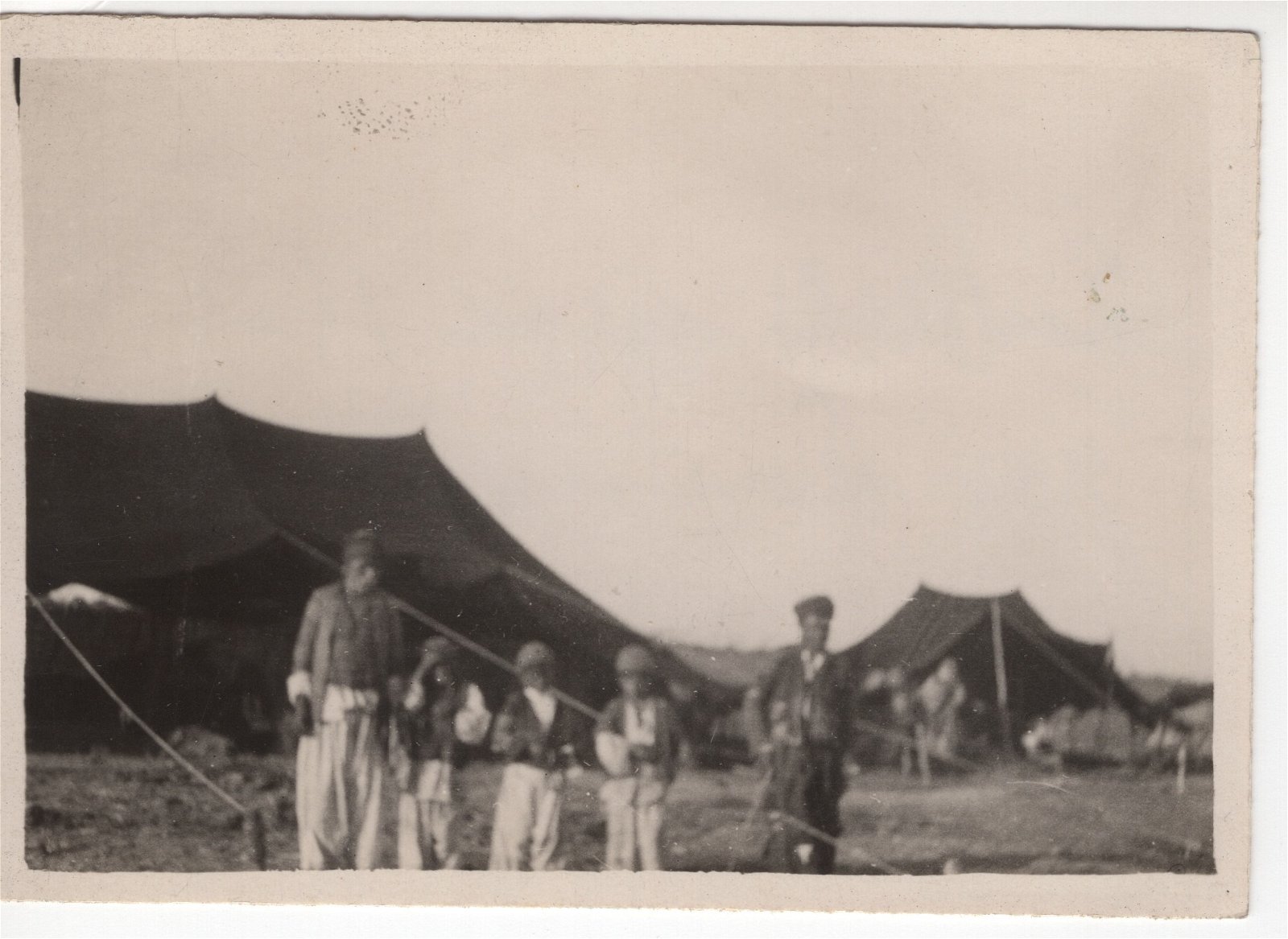
Yet another takes us all the way to Italy.
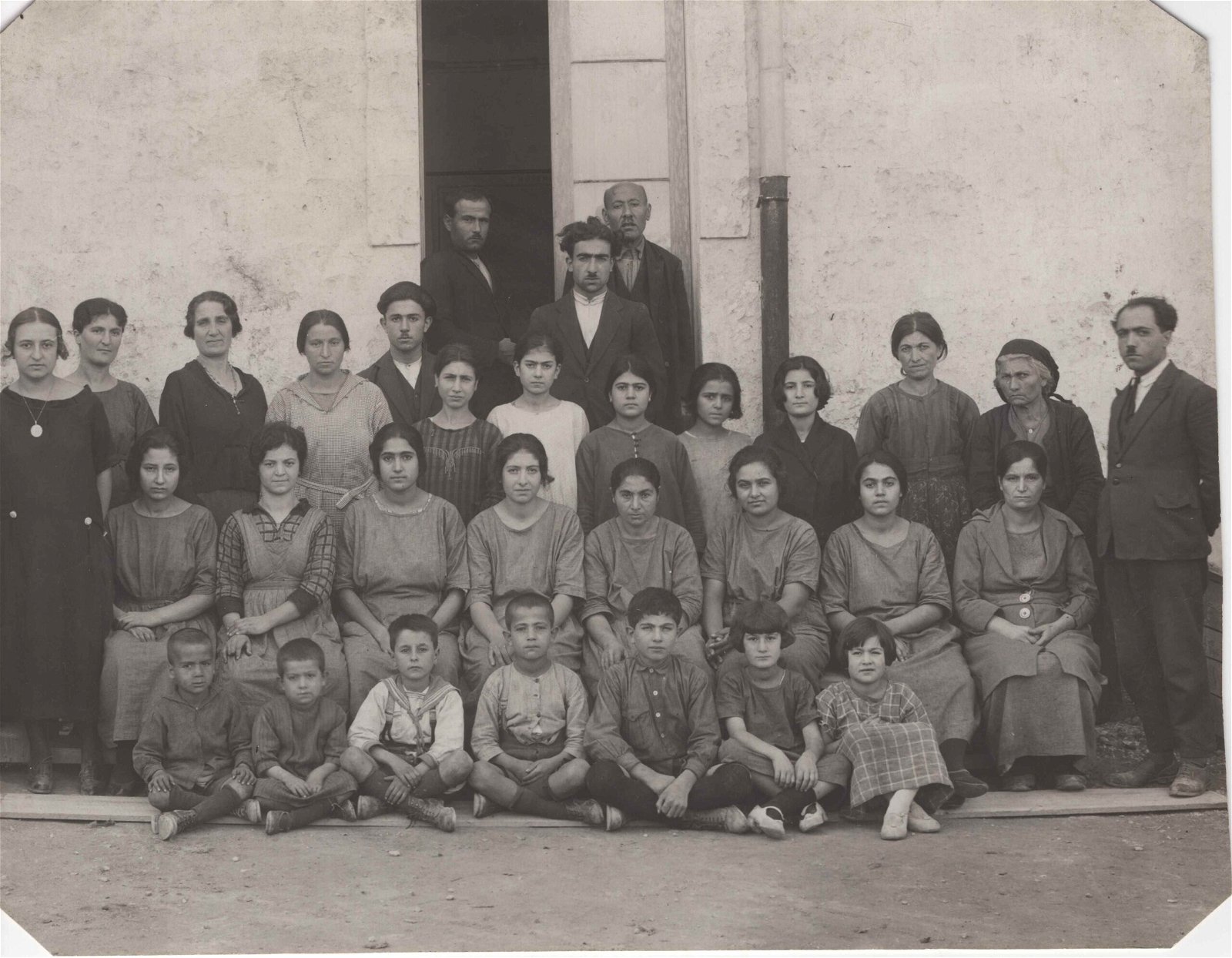
You can also search by location on the photographs section of the ARF archives website. Click on “Baku.” The many layers of conflict there find their reflection in a few photographs, such as the one of a burnt-out house from 1905 below, and then another of refugees in 1918.
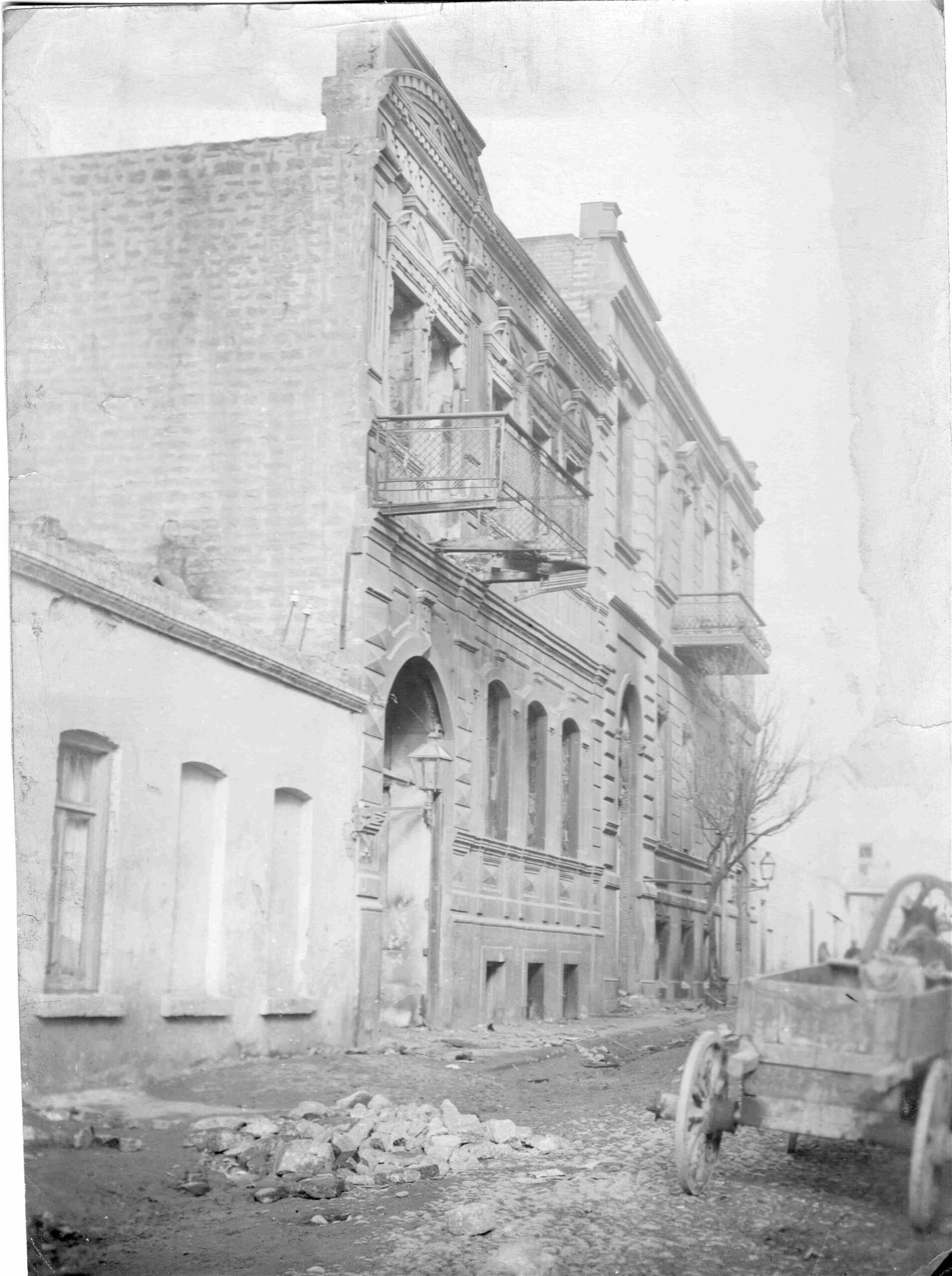
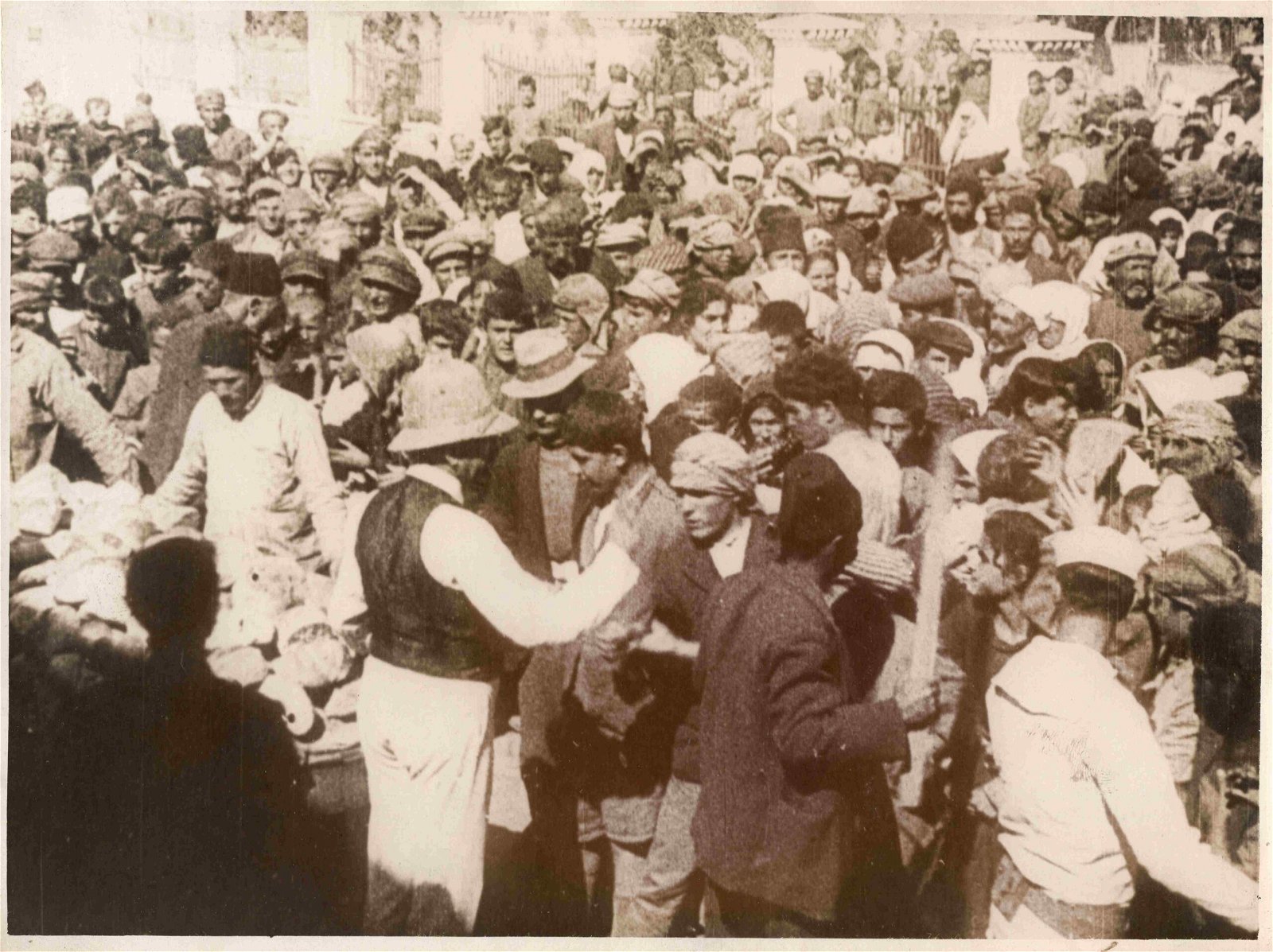
Finally, I’d like to share another, less usual depiction.

These are individuals who taught at an Armenian school in Ordu, in what is the north of Turkey today, on the Black Sea. The seven subjects of the photograph are named. Three are marked “սպանւած” – killed. One has “Paris” in parentheses next to his name, one “New York.” One has no additional details, and the final person has an interesting life story all to himself as a spy for Armenia.
The back of the photo does not say when it was taken, nor when the labels were written. It reflects something that we all know in principle. Our ancestors lived their lives. They had their homes, fields, churches and schools. There were principals and teachers, kids complaining about their grades, graduates receiving diplomas, adolescents who had crushes on one another…
We often remember the tragic end to much of Ottoman Armenian life through images of hardship, suffering, marches through deserts – all of which happened. Alongside that pain, however, we also bear other legacies from the Ottoman Empire, such as our schools. Armenians have survived and thrived, and generations of Armenian teachers have guided the hands of generations of students from Ordu and Van to Ontario and Van Nuys. Beyond what most often comes to mind, photos such as this one can serve as a powerful visual reminder of the many paths Armenian communities have taken over the last hundred years and more.


It’s heartbreaking, but at the same time nostalgic to see these photos. My maternal grandmother and her three daughters (one was my mother) were survivors from Mush who trekked through the desert and ended up in Aleppo. We never knew what happened to my grandfather. My father was fortunate to have left Mush as a teenager, traveling to Baku and Russia to find work. He never spoke of what happened to his parents. My father, grandmother and her daughters eventually all ended up in Fresno.